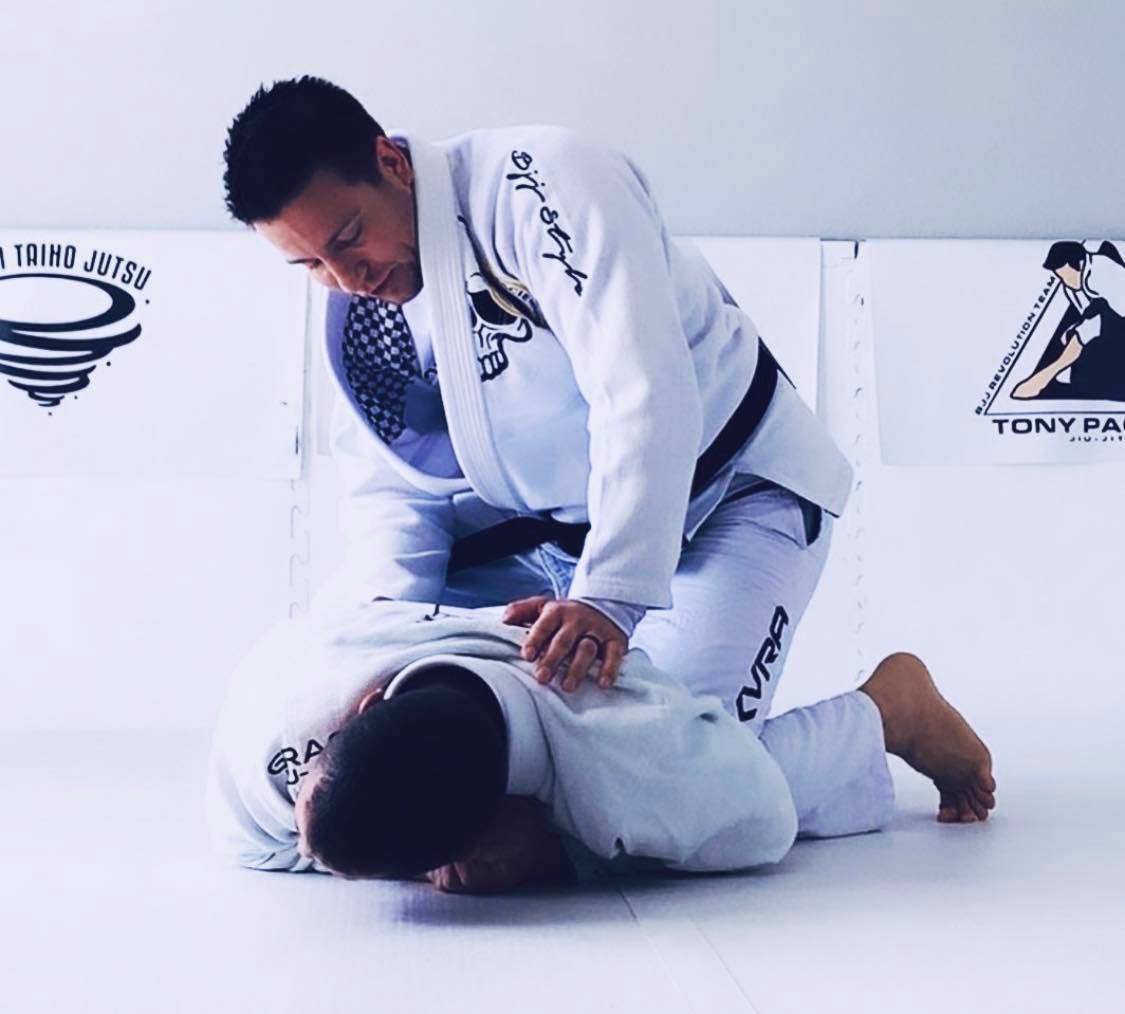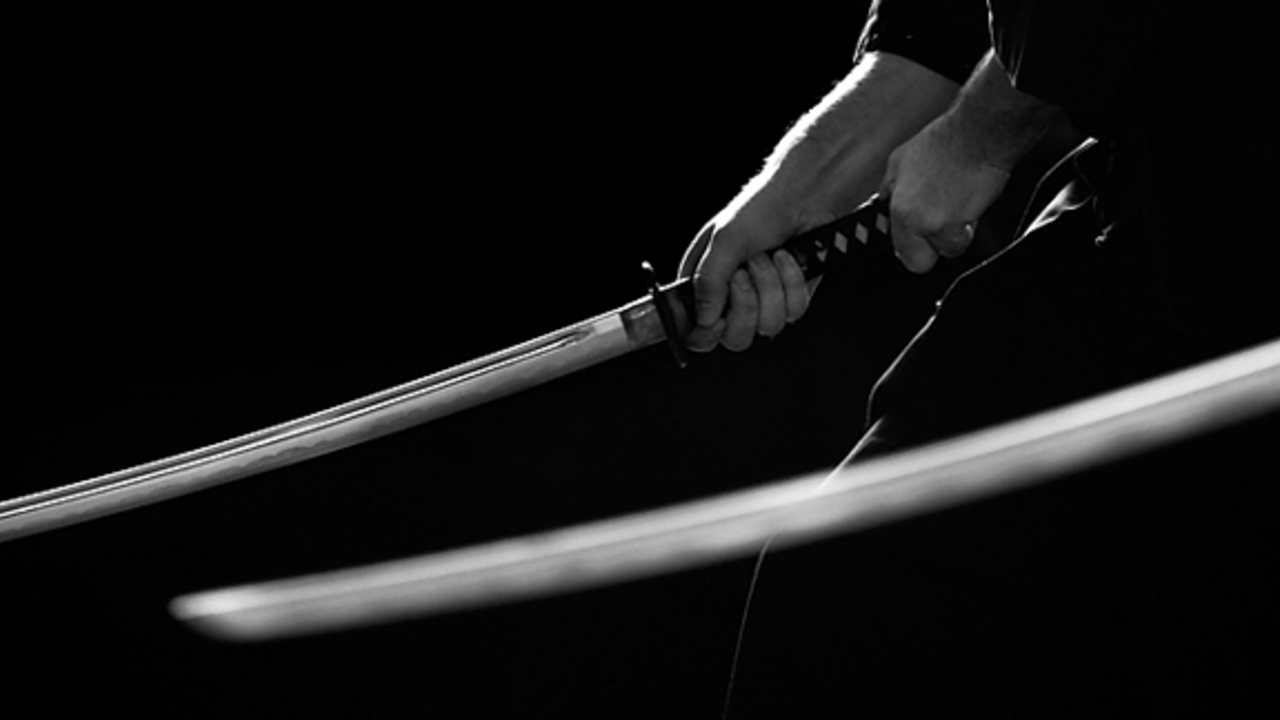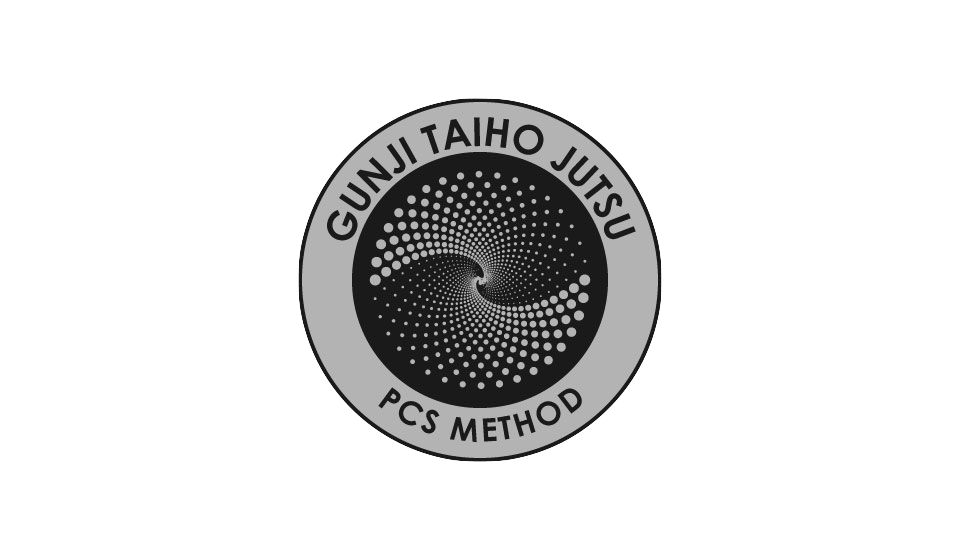Prof. Kenji Tomiki and His Striking Approach To Kuzushi

Having recently returned from Osaka, Japan, I was able to research Prof. Kenji Tomiki's work in Judo, Aikido and the development of Competitive Aikido called often: Tomiki Aikido, Competition Aikido or Shodokan Aikido. Osaka today is home to the headquarters of the Shodokan Aikido Federation. This is the main dojo that Prof. Tomiki started before his death in 1979. Firstly, it must be pointed out that Tomiki was a unique practitioner of Budo as he was deeply knowledgeable in both Judo and Aikido. Prof Tomiki was a University teacher and Judo coach in Tokyo. Let me present his ranks in Martial Arts.
Prof. Kenji Tomiki, 8th dan in Judo under founder Dr. Jigoro Kano and 8th dan in Aikido under founder O Sensei Morihei Ueshiba.
In addition, while working at Waseda University, Tomiki was able to organize Aikido as a recognized club. He was the first person to do this in Japan by developing a competitive form of Aikido that Waseda University wanted to see to be gained as fully sa...
Kote Gaeshi | Structure, Balance and Usefulness
 One of the popular techniques of Jujutsu and specifically Aikido is Kote Gaeshi. This is a wrist-turning technique that can bring an attacker to the ground or even throw him in the air. Kote Gaeshi is not a high percentage move applied in the dojo under high-level sparring. A wristlock control and throw is a small area to control, so many students when thinking of a takedown or throw control other bigger parts of the body instead of the wrist. It makes sense in a weaponless environment; however, if your training partner puts something in his hand to attack; how quickly you will find yourself rushing to control the wrist. I give you Kote Gaeshi.
One of the popular techniques of Jujutsu and specifically Aikido is Kote Gaeshi. This is a wrist-turning technique that can bring an attacker to the ground or even throw him in the air. Kote Gaeshi is not a high percentage move applied in the dojo under high-level sparring. A wristlock control and throw is a small area to control, so many students when thinking of a takedown or throw control other bigger parts of the body instead of the wrist. It makes sense in a weaponless environment; however, if your training partner puts something in his hand to attack; how quickly you will find yourself rushing to control the wrist. I give you Kote Gaeshi.
This past weekend Yasuo Kobayashi, Aikido 8th dan taught three techniques from a straight punch (Tsuki). Two of the technique transitioned into Kote Gaeshi and finally two different ways to turn the attacker to his stomach and finally two types of pinning techniques. What was nice about practicing this technique was the different experiences...
Prone Position Assailant Reaches For Waistband

One of the most challenging positions in arresting technique is the prone position. The elbows should be attacked on both sides; not one! Read that again if you are advocating to attack the near sidearm of the assailant. Even better try testing this attack of the close/near sidearm. Here is what happens.
From the prone position when the assailant protects his arms, it is better to open up both sides of his elbows than attacking the near sidearm. In Gunji Taiho Jutsu, we do not endorse attacking only the near sidearm. When this strategy is used under stress, the assailant will come to his knees and stand up. It is even easier when you, as the officer or security forces, change your position and use the knee ride with your back rear knee to transition that knee into the near sidearm of the assailant. You give up a lot of positional dominance away that often you cannot get back. Frankly, do so is dangerous.
To The Reader
The author will be most happy to receive your comments, inc...
Iaido Is A Path Towards Taking Initiative

In the last Gunji University blog, I wrote about the understanding of the zero-concept relating to Judo grip fighting and also the Japanese Martial Arts ideas of when to attack: Go No Sen (After the attack); Sen No Sen (Attack the attack); and Sen Sen No Sen (Taking initiative). Having lived in Tokyo for more than 9 months I am only starting to understand Budo. This study for me has always been picked up and down to know more about Bushido culture while training in Martial Art all these years; however, today I see many issues relating to Bushido origins and its historical context during Japan's modernization Meiji period. I have concerns with people today throwing words like Budo and Bushido around in the United States when they have such a focus on Sport and Mixed Martial Arts culture. As I study, I am only beginning to understand Budo here in Japan, and in a positive way I have been enjoying training in Judo, Karatedo, Aikido and now Jodo (Jojutsu/Short Staff). I would like to p...
The Budo Way - Attacking Late, Same Time and Taking Initiative (SEN SEN NO SEN)

At this time in my Military career, I am in the position of being key personnel to Commanders. One of the things I enjoy is having little golden moments of mentorship and learning how these officers approach leadership. I always write little pearls of wisdom shared or ideas of principles that are universal. Each commander that I have been able to work with has gotten to know a little about my Martial Arts background. I always think of the question, "If I only had 10 minutes to teach a Commander Martial Arts because he or she asked me to show a move, what would it be?" Keep in mind, we would not have nice training mats to do ground techniques, yet there is a great chance that the request would be in the Military uniform. So, in the many times this played out in my mind and the few actual opportunities I had to do his with Officers and Chiefs, I taught the Concept of Zero using Judo Grip Fighting called Kumi Kata.
Right now you are thinking, "What does math have to do with Jiu Jitsu/...
Concepts of PCS and Straight Punches
This video explores concepts from PCS 2 and countering straight punches. Week 11. To give this instructional the right context after 10 weeks of instruction, you as a Gunji Taiho Jutsu practitioner will be able to have a great understanding of specific objectives for arresting technique. There is much to cover, study, and train in Gunji Taiho Jutsu.
To The Reader
The author will be most happy to receive your comments, including criticisms and suggestions. Noteworthy comments may be included in future editions or books on this series.
– Prof. “little” Tony Pacenski
Yokota Air Base – Tokyo Japan
Gunji Taiho Jutsu (GTJ) | Military Arresting Technique is a system of taiho jutsu that is a progressive way to teach Military or Law Enforcement personnel many of the traditional and contemporary jujutsu techniques of control and arrest while at the same time keeping mindful of secondary weapon systems during training and complementing all of the current and evolving Military Com...
Gunji Taiho Jutsu Develops 1st Form for Arresting Technique
Gunji Taiho Jutsu and the Roots of Creating the Little Circle Pin called Little Maru
Gunji Taiho Jutsu is a type system of Taiho Jutsu (Arresting Technique) that has roots in different cultures and Martial Arts styles. One goal of Gunji (Military) Taiho Jutsu was to act as a reformer to arresting technique. The facts are many Taiho Jutsu systems, if you even know what the word means, do not work under stress. Gunji Taiho Jutsu (GTJ) saw this issue as an opportunity to make changes. The first thing that we did was develop the governing strategy of PCS 1, PCS 2, and PCS 3. Having PCS as an operating system is an effective way to understand, see and apply arresting techniques. It gives that Military Personnel or Officer stages and objectives for reaching goals.
PCS 3 essentially means Pin, Safety, and Communication. With an effective pin, an Officer can apply cuffing techniques. In GTJ, we have handcuffing methodologies that we called GTJ Direct Handcuffing Method. This is a topic for a different day; however, GTJ Direct Handcuffing Methods will never be applied if...
Military Arresting Technique (Gunji Taiho Jutsu) Universal Arm Control

Gunji Taiho Jutsu (GTJ) | Military Arresting Technique is a system of taiho jutsu that is a progressive way to teach Military or Law Enforcement personnel many of the traditional and contemporary jujutsu techniques of control and arrest while at the same time keeping mindful of secondary weapon systems during training and complementing all of the current and evolving Military Combatives programs in place for the different branches of the Military. One aspect of GTJ that is complementary to many Combatives systems is the concept of finding central common themes. The GTJ system will take this strategy or technique and expand on it. In other words, challenge and test the technique under pressure. A universal technique found in reality-based training, combatives, and arresting technique circles is the two on one arm-control position. In Gunji University, this type of position is governed by the PCS 2 principles that are unique to GTJ. PCS 2 stands for Position, Control and System of ...
Gunji Taiho Jutsu Black Belts Earn Instructor Levels 1 and 2!

Want to send a special thanks to all the Military and Martial Artists in Tampa from different schools that attended the Jiu Jitsu seminar at Core Martial Arts in Tampa, Florida on October 30, 2020. I will catch you all down the road. A very special congratulations go out to Eric Taylor and Tim Harrell for earning Black Belt 1 Basic Instructor and Black Belt 2 Senior Instructor respectfully in Gunji Taiho Jutsu (GTJ). Mr. Taylor was able to complete his capstone-video project and live-evaluation in-person face-to-face with Prof. Tony Pacenski earning the basic instructor level 1 in GTJ. Mr. Harrell in addition continued his qualification instructor certification training to earn the senior instructor level 2 in GTJ.
During the assessments the biggest takeaways were modeling excellence with controlling influence over the lesson, modeling the way throughout, and while passing the learning experience to the students thought the assistant. The quicker the better so students will have ...

